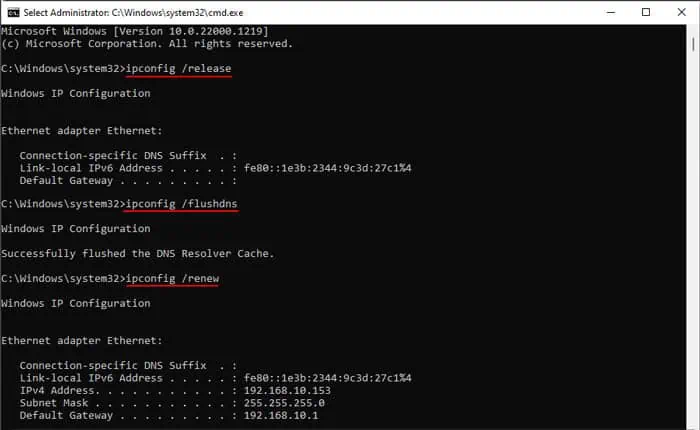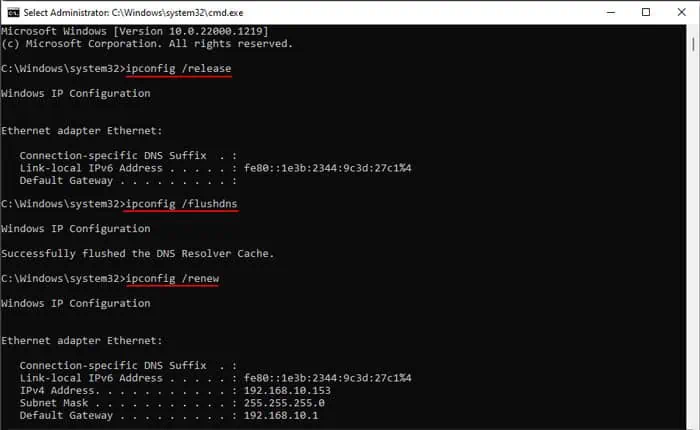Whenever one device can access the internet through a router or an access point, it is obvious that other devices should be able to do so as well. However, there are some situations where all your devices except your computer can connect to the internet.
This problem usually happens because of issues with your computer’s network settings or adapter. But minor router issues, like IP assignment and DNS problems, can also cause this issue.
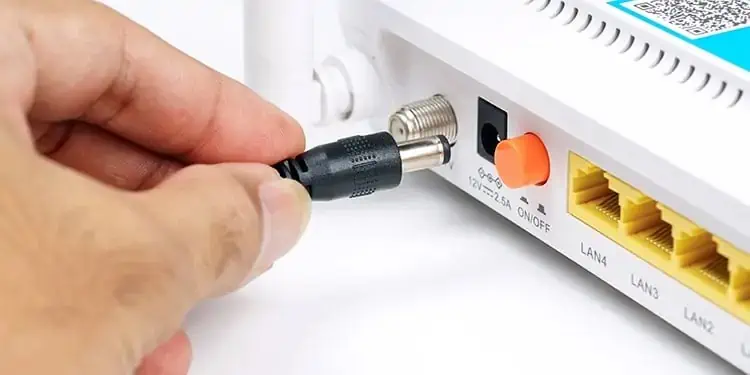
If you are unable to connect to the Wi-Fi network, I recommend checking out our article onMy Computer Won’t Connect to Wi-Fiinstead.
Power Cycle Router
If multiple devices are connected to your router, some devices may not be able to access the devices in case other devices use the internet’s entire bandwidth.
So it’s best to power cycle the router if the internet is not working on all devices connected to that network. Doing so will refresh the connections to all the connected devices and will also resolve some minor connection issues.
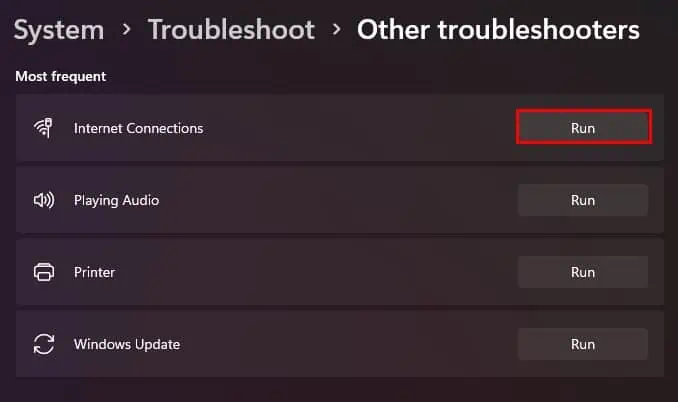
In order to power cycle your router, you need to turn off or unplug the router and then keep it as is for a minute. Then, turn on the router and check if you could connect to the internet.
Run Internet Troubleshooters
Windows comes with dedicated troubleshooters, including the Internet Troubleshooter to check and resolve any minor issues with its components.
The Internet Troubleshooter will check the internet connection as well as all necessary processes and then fix any problem it finds. In case it can’t, it will at least tell you the nature of the problem if it detects any.
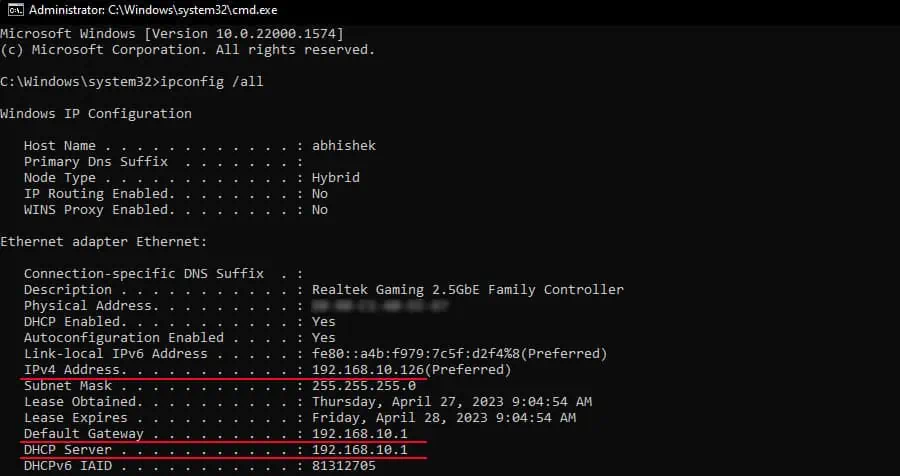
Manually Troubleshoot Network Adapter
You should first figure out if the issue is with your network adapter device or the network settings. Start by connecting to the router through another adapter if possible, i.e., try an Ethernet connection if you were using Wi-Fi and vice versa and check if you could access the internet.
If you are still facing the issue, attempt to connect your device to another network. you may use a hotspot connection or public Wi-Fi.
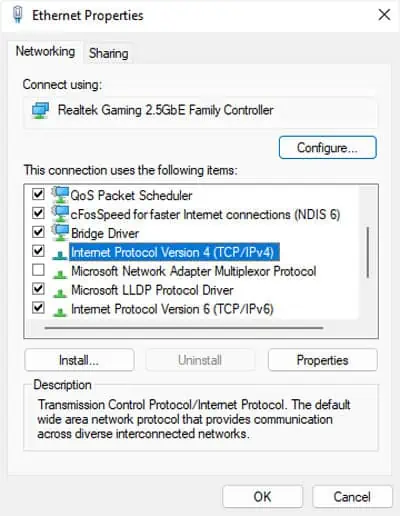
If you also can’t establish an internet connection through other networks, there is likely something wrong with your network adapter. It may be a driver or a hardware issue.
But if you can establish an internet connection on other networks, the problem is likely with your original network’s configuration. So, you need to resolve those instead.
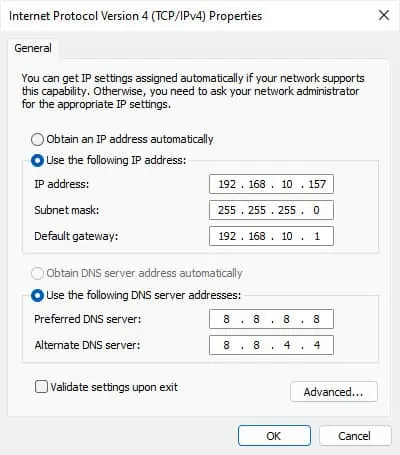
Verify DNS and IP Addresses
If you can’t access the internet, it is possible that the current IP assigned by your network’s DHCP is not in the proper range. In such cases, the router can’t send any internet packets to your device.
These issues can happen due to some router configuration or DNS issues. you may check if this scenario applies to you using the Command Prompt. Then, you can specify a static IP and DNS to resolve the issue.

If not, follow these steps.
Check Device Manager
You may not be able to access the internet if your network adapter is not working properly. Since its driver is the software that lets your computer use the device, you need to check the driver and make sure there are no issues.
Reset Network Settings
You can also try resetting the network settings altogether toreset the internet connectionand re-configure all settings. Doing so will resolve any improper setting that was causing the connection issue.
Disable VPN or Proxy
If the VPN or Proxy server you are using is suffering a network outage or high traffic overloads, you may not be able to connect to the internet through the VPN/Proxy.
If so, switch to another server and attempt to enable the VPN again. you may keep the VPN or Proxy connection disabled for the time being if it doesn’t work.
